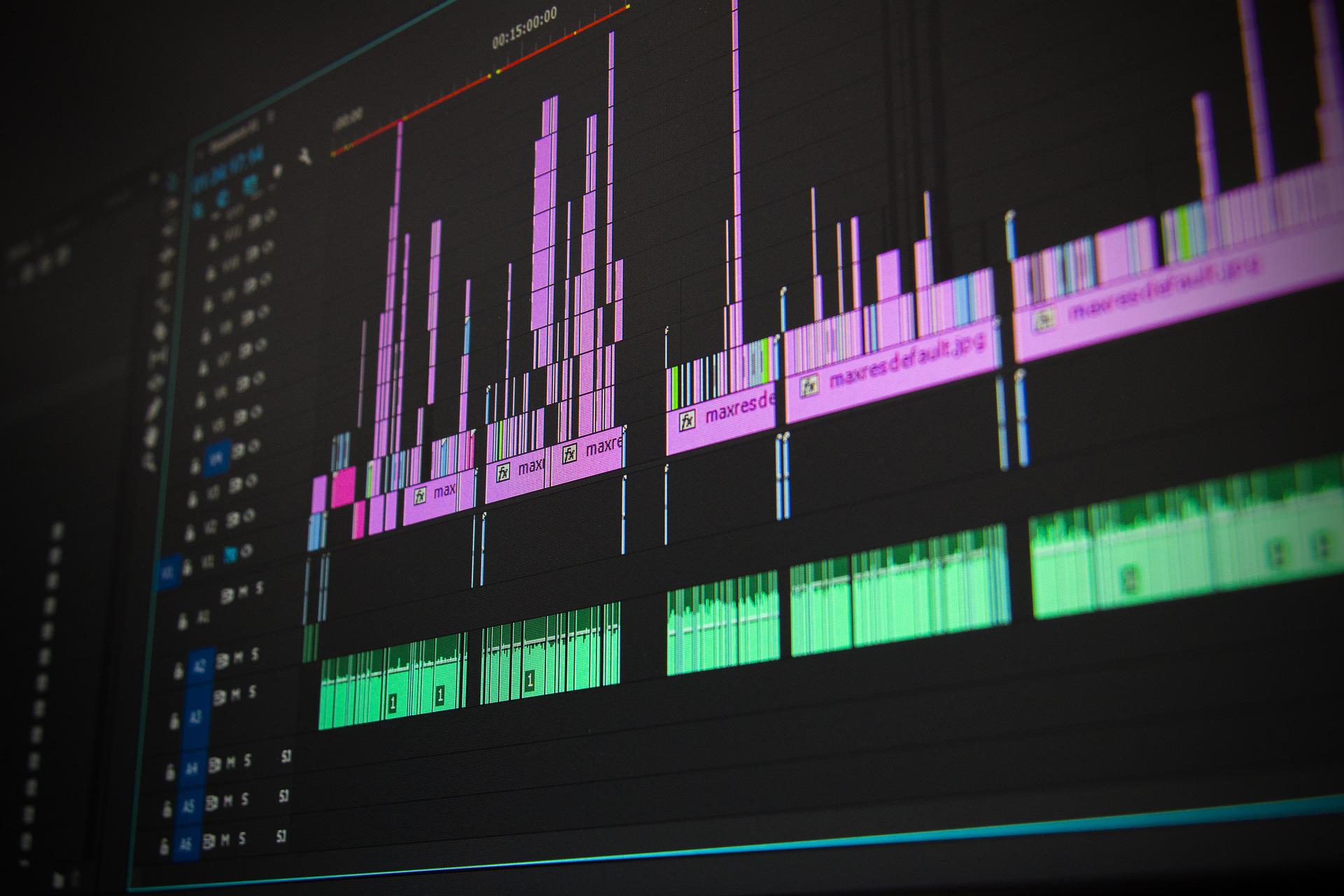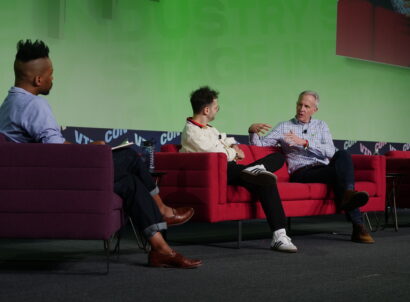Whether you’re a first-time creator with a modest following, or a seasoned YouTuber with a dedicated—and engaged—audience, the production hurdles you face when it comes to distributing your content across other platforms are likely similar.
Taking an existing 20-minute YouTube video and putting it on Facebook or TikTok is complicated: There’s a lot of behind-the-scenes work involved that ranges from time-consuming YouTube video editing (you have to cut those videos down) to understanding how to optimize for entirely new audiences. (Note: expect the audiences on each platform to differ).
Because of that, many creators find themselves unable to properly publish their videos on new platforms. Those that do sometimes miss out on delivering the right content to new audiences entirely.
The most important thing to help guide creators in understanding how to better optimize their content is the principle that viewers have different expectations on different platforms.
A good rule of thumb is to expect that YouTube viewers are focused, strapped in, and ready to watch. Meanwhile, a Facebook viewer is more likely distracted. Facebook users use the platform for a host of reasons, from catching up with high school friends, to discovering new groups, memes, and more.
After that, it all comes down to production. We’ve outlined some of the best video editing tips you can use as you think about moving to new platforms. You’ll want to pay close attention.
Video Editing Tips for Moving Your YouTube Content to Facebook
Play with Aspect Ratio on Facebook
Facebook is a platform that offers significant revenue opportunities. The orientation of a video can potentially enhance its earning potential. If your video is in a horizontal format on Facebook, there’s something above you and something below you in the feed that can pull people away.
But if a video is in a vertical format, it takes up more space. That displaces surrounding distractions so you have less to compete with.
Video Length is Critical
If you’re moving your YouTube content over to Facebook, consider investing in software for editing videos or working with a full-service company like Jellysmack whose proprietary AI and multivariate testing takes the guesswork out of expanding to new social platforms.
Either way, cut the video down into a more concise version to suite a more distracted Facebook audience. You’ll need to edit your pre-existing videos to optimize for Facebook ads, however.
Running in-stream ads on Facebook (assuming you meet the eligibility requirements) can greatly impact your revenue. The first ad plays around the one-minute mark, and the tried-and-true videos that monetize well are three minutes or longer. But that doesn’t mean all you need to do is cut a three-minute video and upload it to the platform. It needs to be smartly made with fast cuts that keep people interested for the full duration.
To make sure your audience watches long enough for an ad to play, consider creating a dramatic cliffhanger leading up to the one-minute mark. Keep teasing the story so people are incentivized to watch through until the end.
Video Editing Tips for YouTube Content to TikTok, Reels, and Beyond
What about moving your YouTube content over to Shorts, TikTok, and Reels, where the content is typically much shorter?
You can actually keep the content the same– but be smart about how you repackage it. Pay attention to the video itself and remove platform logos before publishing it elsewhere. There are plug-ins that remove the logo with a basic AI.
So how do you decide which platform to use to create? It’s up to each creator and their style. There are pros and cons for each, so it comes down to preference.
While some creators may enjoy creating onTikTok, others may find that YouTube Shorts offers a simpler workflow for downloading a video and uploading it onto other platforms.
You Don’t Need to Do It All Yourself
While you should focus on all platforms to meet your audience where they are, you don’t necessarily have to do it all yourself.
If you don’t want to spend time editing videos or video cropping, a company like Jellysmack can use its large data sets and AI technology to help you reach new audiences on new platforms, without requiring you to do any extra work. We hope these video editing tips will help you Go Bigger.





